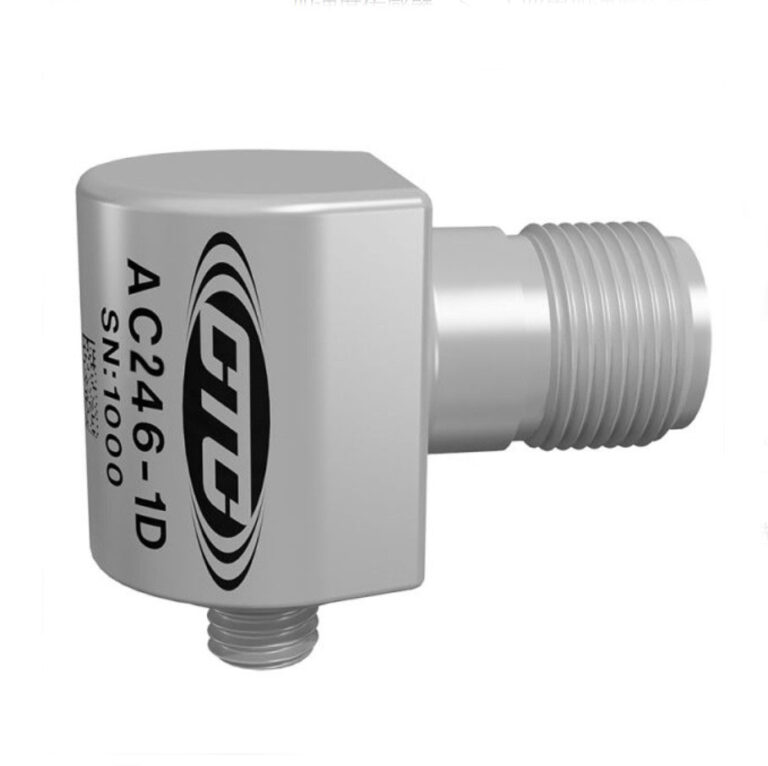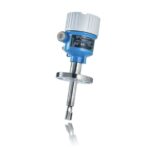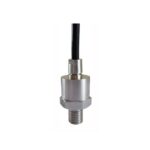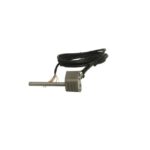In the processes of information transmission, processing, storage, display, and control, one critical component plays a pivotal role: the sensor. This device detects measurable parameters from the environment, converts them into standardized electrical signals or other readable formats, and transmits the data for analysis. To meet diverse industrial and scientific needs, manufacturers have developed various types of sensors. As a leading sensor production company, we will guide you through the common categories and their applications.
Sensors: The “Electronic Senses” of Modern Technology
Often dubbed the “electronic senses,” sensors extend human capabilities by capturing imperceptible phenomena—such as subtle temperature fluctuations, pressure changes, or chemical compositions. For instance, weather forecasting systems rely on sensors to monitor atmospheric conditions, enabling accurate storm predictions. Similarly, oceanographic sensors track tidal patterns to safeguard coastal ecosystems. However, challenges remain in areas like earthquake prediction, where sensor accuracy and sensitivity are still evolving.
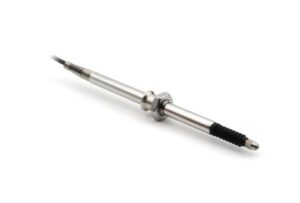

Types of Sensors: A Breakdown by Function
As a professional sensor production company, we categorize sensors based on their operational principles and applications:
Resistive Sensors
Measure changes in electrical resistance (e.g., strain gauges for structural stress detection).
Temperature Sensors
Track thermal variations using thermocouples or RTDs (Resistance Temperature Detectors), vital in chemical, metallurgical, and food processing industries.
Optical Sensors
Include laser sensors for precision distance measurement and vision sensors for automated quality control.
Pressure Sensors
Convert force into signals, widely used in hydraulic systems and HVAC controls.
Environmental Sensors
Monitor air quality, humidity, or gas concentrations in smart buildings and agricultural systems.
Each type serves a unique purpose. For example, temperature sensors regulate industrial reactors to prevent overheating, while optical sensors ensure defect-free manufacturing in automotive assembly lines.
Choosing the Right Sensor and Manufacturer
Selecting the optimal sensor requires aligning technical specifications with your application’s demands. Key considerations include:
Measurement Range: Ensure the sensor operates within your required parameters.
Environmental Compatibility: Verify resistance to extreme temperatures, corrosion, or moisture.
Output Signal Type: Match the sensor’s output (analog, digital, or wireless) to your system’s interface.
Equally critical is partnering with a reputable sensor production company. Prioritize manufacturers with ISO certifications, proven industry experience, and responsive technical support. For specialized needs, request customized solutions—such as explosion-proof sensors for oil refineries or miniaturized versions for medical devices.
The Future of Sensor Technology
Advancements in IoT and AI are driving smarter, interconnected sensor networks. From self-calibrating industrial sensors to wearable health monitors, innovation continues to expand their capabilities. As a sensor production company, we are committed to delivering precision, reliability, and adaptability—empowering industries to thrive in an increasingly data-driven world.
By understanding sensor types and selecting quality-driven partners, businesses can harness these “electronic senses” to optimize efficiency, safety, and sustainability.

